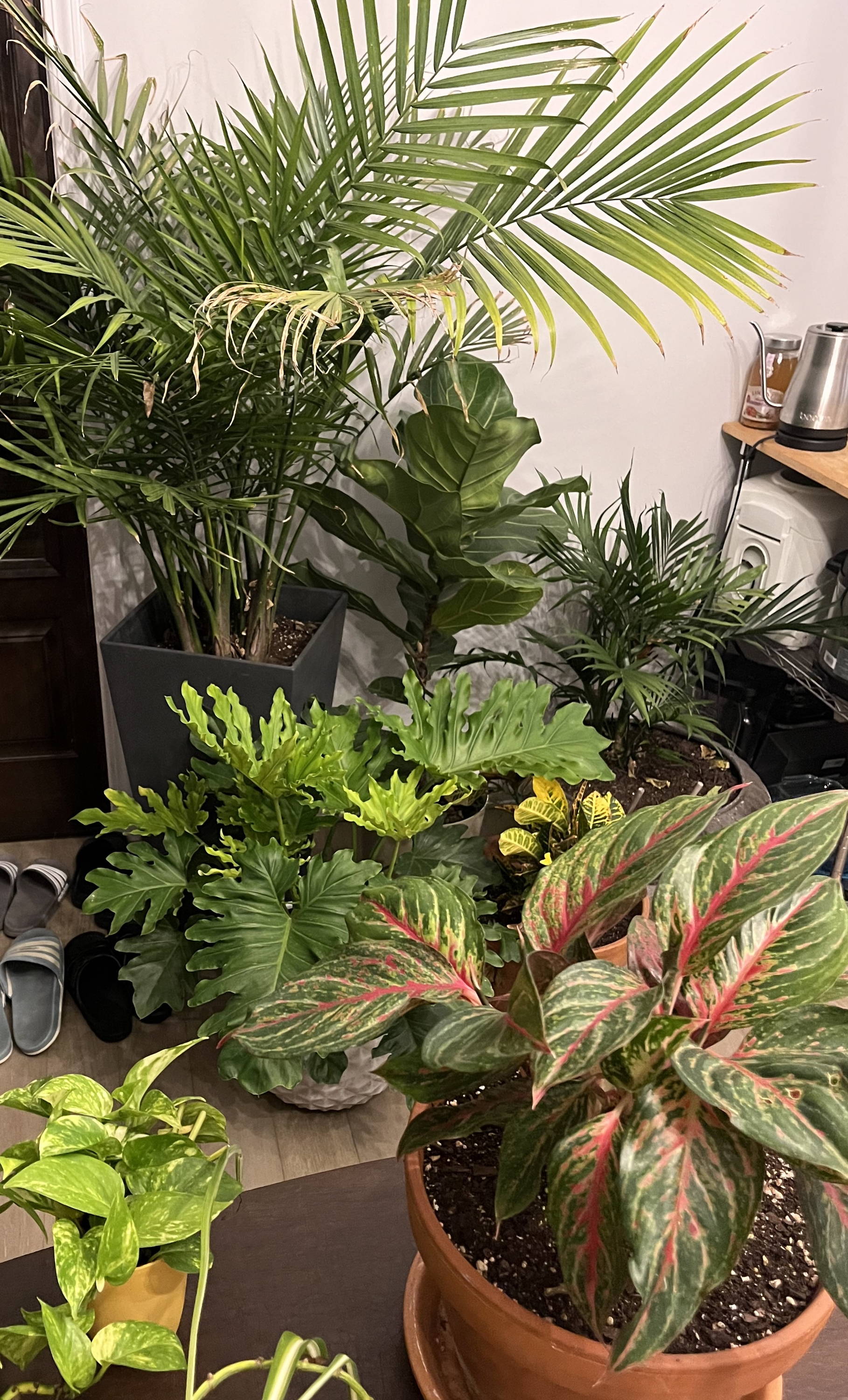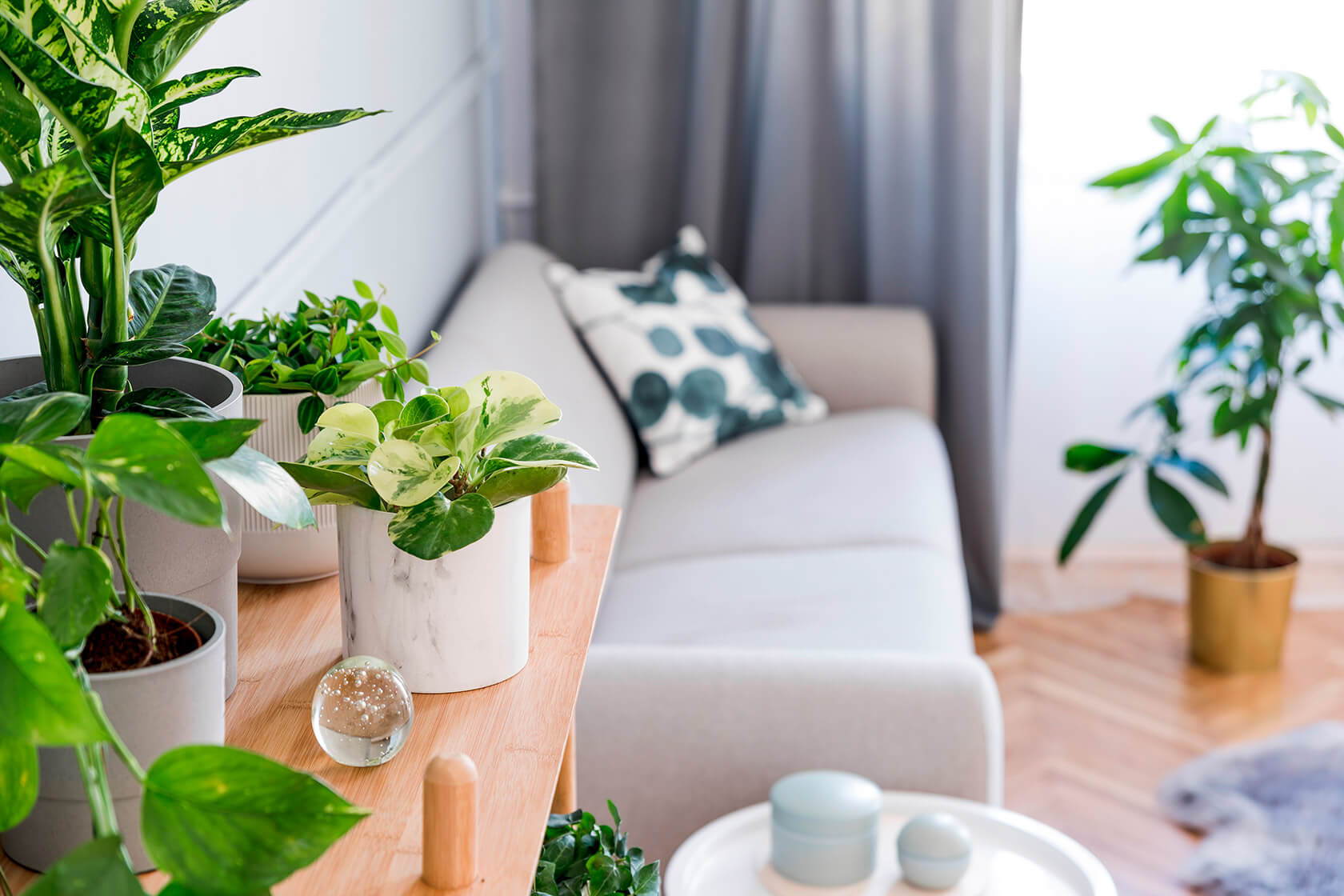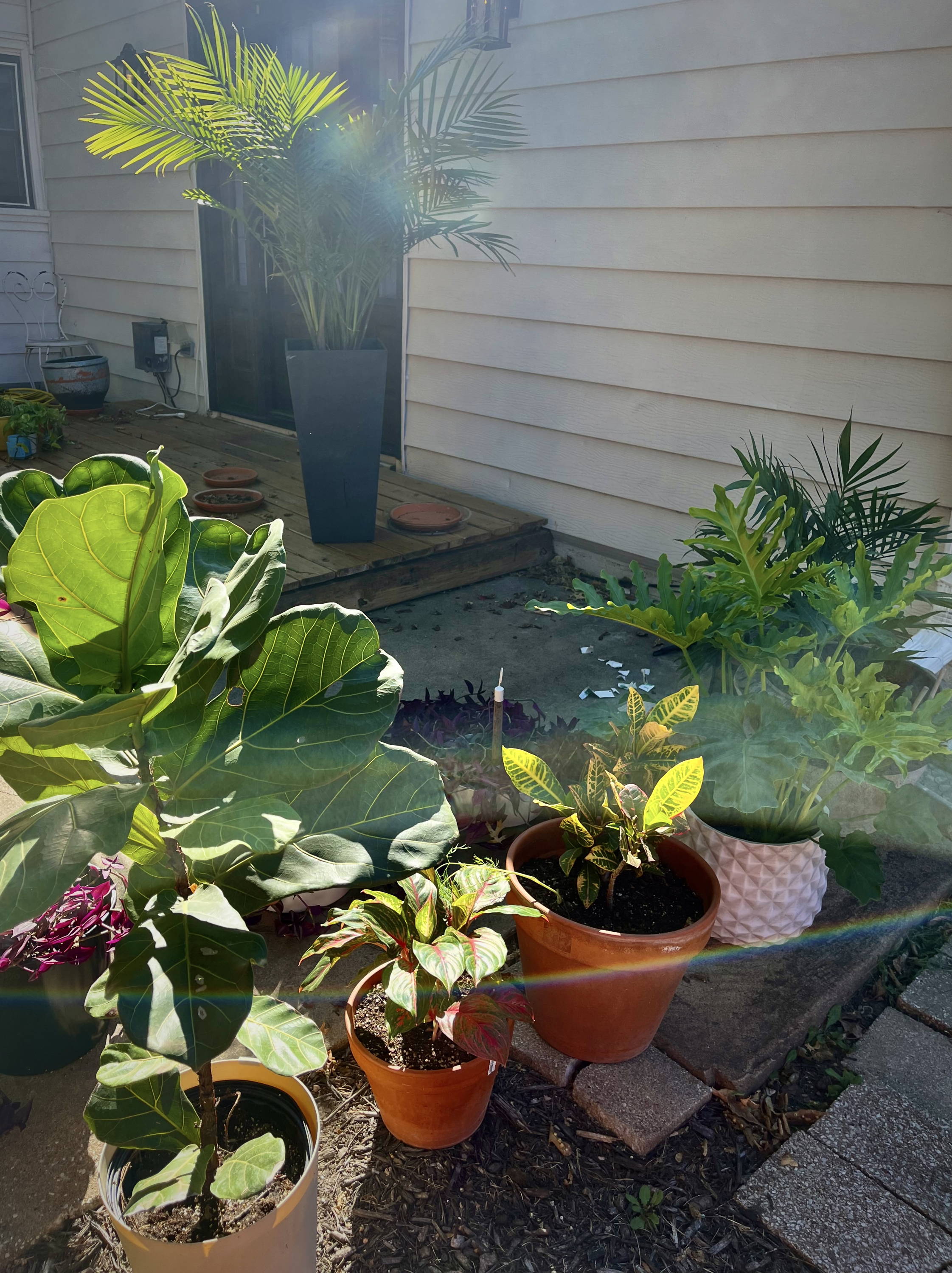-
Your cart is currently empty.
As the temperatures drop and the leaves begin to fall, it's time to prepare your beloved outdoor plants for the colder season. One fantastic way to keep the greenery alive and thriving is by bringing them indoors. Transitioning your plants from the brisk outdoor environment to the warmth of your home requires a bit of planning and care. In this guide, we'll explore the steps to ensure a smooth transition for your plants and help them flourish throughout the colder months.
Before making any moves, assess the types of plants you have. Some plants thrive indoors, while others may struggle to adapt. Tropical plants, succulents, and many herbs often make great indoor companions. Consider the light and humidity requirements of each plant to create an environment conducive to their growth.
Pruning:
Trim your plants before bringing them inside. This not only helps manage their size but also removes any dead or damaged parts. It's essential to promote healthy growth and prevent any potential pests from hitching a ride indoors.
Repotting:
Check if your plants need repotting. If they've outgrown their current containers, now is the time to provide them with a larger space and fresh soil. This helps refresh the nutrients available to the plant.
Transition Gradually:
Sudden changes in temperature and lighting can shock your plants. To avoid this, transition them gradually by placing them in a shady spot outdoors for a few days before bringing them indoors. This helps them acclimate to lower light levels and the controlled indoor environment. You can also bring indoors at night for gradually acclimating them to indoor environment several hours at a time.
Lighting:
Most indoor spaces don't offer the same intensity of sunlight as the outdoors. Place your plants near windows where they can receive as much natural light as possible. Consider using artificial grow lights for plants that require high light levels.
Temperature and Humidity:
Ensure that the indoor temperature and humidity levels match the requirements of your plants. Most indoor plants prefer temperatures between 60-75°F (15-24°C) and moderate humidity. Grouping plants together can create a microclimate with slightly higher humidity. Alternatively, you can use a pebble tray.
Watering Schedule:
Adjust your watering schedule. Indoor plants generally need less water than their outdoor counterparts. Check the soil moisture regularly and water only when the top inch of soil feels dry.
Humidity Boost:
In dry indoor environments, plants might benefit from additional humidity. Place a tray of water near your plants or use a humidifier to maintain an optimal level.
Keep an eye out for pests. The transition from outdoor to indoor environments can sometimes attract unwanted visitors. Regularly inspect your plants for signs of pests and treat them promptly to prevent infestations.
Pay attention to your plants' behavior. If you notice any changes in color, leaf drop, or signs of stress, make adjustments accordingly. Each plant is unique, so monitoring their well-being is crucial for a successful transition.



Bringing your plants indoors for the colder season requires thoughtful consideration and a bit of effort, but the rewards are well worth it. Not only does it safeguard your green companions from the harsh weather, but it also brings a touch of nature into your living space during the winter months. With proper care and attention, your indoor garden can thrive, adding vibrancy and life to your home even when the world outside is covered in snow. Embrace the chill and let your indoor oasis flourish!